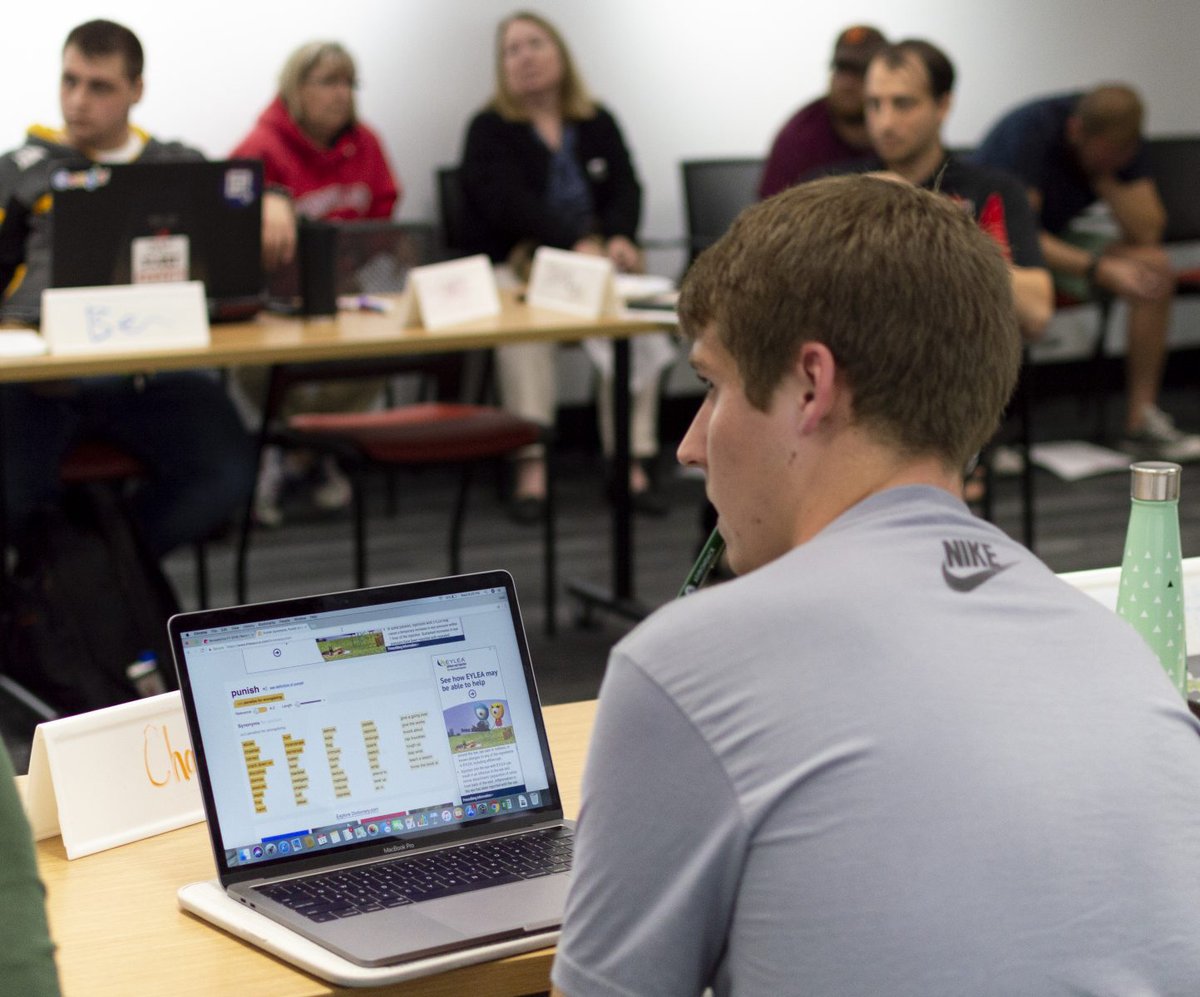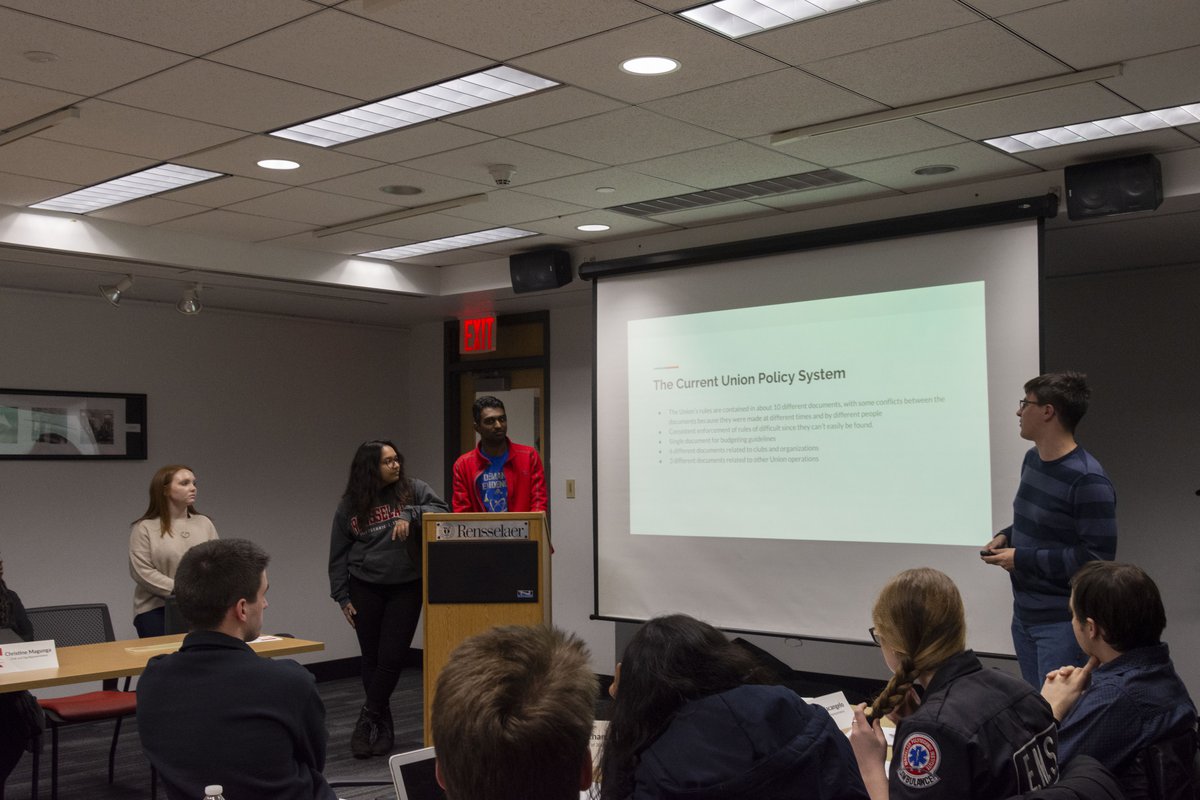Talk with Nobel laureate Dr. Arnold
Just 12 days after receiving the Nobel Prize in chemistry, Dr. Frances H. Arnold visited RPI and presented her research. I got there, over half an hour early, and almost all the seats were already filled—ten minutes before the presentation, there were people sitting in aisles and standing in the back.
President Shirley Ann Jackson gave an introduction to the presentation, providing a long list of accomplishments and a brief description of Arnold’s work. Jackson mentioned that Arnold “attended Princeton after not learning chemistry.” Following the talk I became curious as to what she was alluding to. According to the Los Angeles Times, she had “quite wild high school years.” In an interview, she joked, “If I ever want a Senate confirmation, I can’t comment.” She spent much of her time in high school protesting the Vietnam War and lived on her own starting at age 17, working as a cocktail waitress to pay rent. This surprised me; the composed professional Nobel laureate that spoke to us had a wild past. I would have never guessed.
After high school, like Jackson had mentioned, she attended Princeton, studying aerospace and mechanical engineering. She then went on to the University of California, Berkeley for her PhD in chemical engineering, but then completed her postdoctoral research in biophysical chemistry. This huge arc of interests brought her to the research she presented.
Arnold’s work largely revolves around enzymes. Genetic code determines amino acid sequences, which fold to form the enzymes, and in turn have their respective functions. She explained that some of the research in the field is looking at code in an attempt to predict the function of the enzyme, going from code to amino acids to enzyme to function. But, this doesn’t really work. What does work is genetic code coupled with the enzymatic functions. By skipping over the middle steps, instead using trial and error, rather than predictive methods—Arnold creates enzymes with the function she wants. This was the “engineer in her,” she joked.
The method by which this is done is similar to practices we have used in agriculture for thousands of years. Livestock and crops have been selectively bred to serve us better. Why not do the same with enzymes? By creating thousands of randomly mutated genetic codes to produce enzymes, chances are several of those enzymes will be closer to the desired effect. From those few, thousands of mutations can be done, and better enzymes can be found. This iterative process is repeated over and over.
Arnold explained that, while this method has been incredibly effective, it is also incredibly time consuming. There’s a limited amount of graduate students to do these experiments. With so many experiments to do, she suggested machine learning could find patterns from the mutations that aren’t effective versus those that are, to help narrow down which mutations are worth prioritizing.
In addition to the tons of fundamental science and experimental processes Arnold discussed, she also showed some examples of what she can do with these directly evolved enzymes. If you have ever read or seen any science fiction, you might know that there are silicon-based life-forms in a lot of the stories. Silicon and carbon are in the same chemical group, and therefore share a lot of the same properties. The idea that life could be based on some silicon carbon combination isn’t too far-fetched; however, experimentally, silicon and carbon don’t work very well together.
Well, Arnold and her lab sought out to put silicon into organic molecules. The enzyme Cytochrome C, found in Rhodothermus marinus—a bacteria found in hot springs— seemed to them like a good candidate for this. While the tools nature gave the enzyme aren’t intended to create the silicon-carbon bonds, that doesn’t mean the enzyme doesn’t have off-label uses. Nature had no need to form those bonds. However, by appropriating these tools and slightly mutating the bacteria, she was able to create an enzyme to produce the molecules of fiction.
Another interesting use piggybacked off of other research. Other scientists discovered the genetic code in some algae that cause them, when exposed to ultraviolet light, to open up ion channels. They copied that code into viruses, infecting mice, forcing the brain cells of the mice to contain the DNA. The researchers then drilled holes into the heads of the mice, and inserted ultraviolet light-emitting bulbs. Turning them on and off could control basic behavior based on where in the brain the light was located.
Arnold realized drilling holes into heads was not efficient. She instead used her process of directed evolution to allow the ion channels to be opened with a much lower frequency of light. Then, using a similar process, her lab was able to change the direction of a mouse’s walking path, simply by shining a laser pointer on either side of the mouse. A concerned audience member asked if this was one step closer to “scary mind control.” Arnold joked that maybe it was, but then said, “I’m not a neuroscientist—I just make the tools.”
Hearing Arnold speak was for one, incredibly interesting and informative, but I think what I took away from it more than any of the information was a new sense of optimism and excitement. There is so much science out there still to be discovered, and there are even more ways to discover it. Her unorthodox yet successful approach shows that you do not need to take the traditional path to get where you want to be.
She gave this example when explaining how she got closer and closer to the enzyme she wanted; if you imagine the enzyme you want at the top of a hill and the one you have at the bottom of the hill, as long as you make every uphill step you can make, you can get the enzyme you want. I think this can be applied to careers, research, and even relationships; mutate, see what works, and mutate again. Always add and improve.

 Executive Board
Executive Board
 Executive Board
Executive Board
 Editorial Notebook
Editorial Notebook